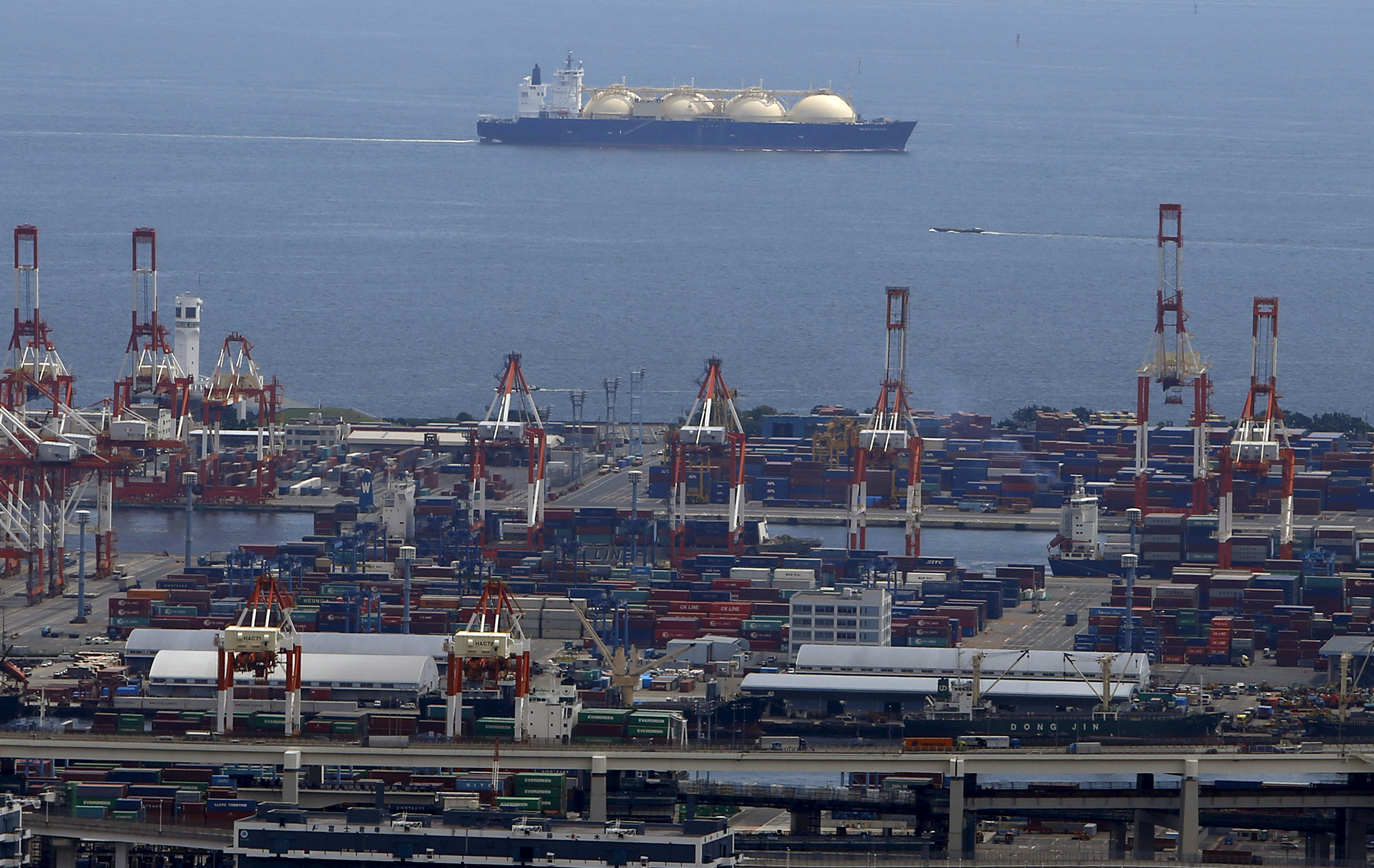
LAUNCESTON, Australia, Feb 8 (Reuters) – The global liquefied natural gas (LNG) market is experiencing a short-term shift as Europe sucks up cargoes amid a winter shortage of the fuel, but the long-term implications of the current crisis stand to reshape the industry.
Europe’s imports of LNG hit a record high in January as the continent experienced low inventories and insufficient supplies from Russia, whose pipelines usually supply about 40% of the continent’s gas demand.
The threat of a conflict between Russia and Ukraine has also heightened concerns about Russian pipeline supplies, with consultants Wood Mackenzie estimating that 40 billion cubic metres (bcm) of natural gas transits Ukraine. That’s about a quarter of Russia’s total volumes to Europe in 2021 of 168 bcm, equivalent to about 124 million tonnes of LNG.
European utilities have responded by buying as much LNG on the spot market as they can, with Refinitiv data showing total January imports at 11.96 million tonnes, up from 8.99 million in December.
The January arrivals are almost 2 million tonnes above the previous record month of 10.09 million in March 2020, according to Refinitiv, which put Europe’s total LNG imports in 2021 at 81.3 million tonnes.
Much of Europe’s additional LNG has come from the United States, which has been adding export capacity in recent years and now challenges Australia and Qatar as the leading shipper of the super-chilled fuel.
U.S. LNG exports to Europe were a record 4.98 million tonnes in January, eclipsing the previous high of 4.43 million in December.
The January exports to Europe were also four times higher than the 1.29 million tonnes shipped from the United States to the continent in the same month in 2021.
The increased shipments to Europe has largely come at the expense of volumes to Asia, home to the world’s three biggest LNG importers in Japan, China and South Korea.
U.S. exports to Asia totalled just 658,000 tonnes in January, the lowest since August 2018 and down from 3.92 million tonnes in January 2021, according to Refinitiv data.
Europe’s appetite for LNG saw volumes imported by Asia dip in January, with arrivals at 24.81 million tonnes, down from 25.26 million in December and 26.86 million in January of 2021.
These short-term fluctuations in where LNG is flowing are likely to change in coming months, with spot prices in Asia rising above the equivalent in Europe as major buyers in Japan and China seek more cargoes amid a cold snap, while those in Europe moderate demand amid warmer weather.
But this northern winter has shown that LNG has become a flexible fuel and the United States is the key swing supplier.
GEOPOLITICAL SHIFTS?
Over the longer term much will depend on how Europe collectively responds to its dependence on Russia.
The ongoing Russia-Ukraine tensions, with the associated threat of Western sanctions in the event of a major conflict and the threat to Russian natural gas supplies is likely to be causing a major rethink in Europe’s capitals.
Over the coming years it’s likely that Europe will seek to lower its dependence on Russia by a combination of ramping up LNG imports and turning more to renewables backed by storage.
How Russia is likely to respond can already be seen by the 30-year contract agreed last week between monopoly exporter Gazprom and China to supply 10 bcm a year through a new pipeline.
Russia already supplies natural gas to China, sending 16.5 bcm through existing pipelines in 2021.
China buying more pipeline natural gas from Russia doesn’t necessarily mean it will trim LNG imports, rather it’s likely to use more natural gas in its energy mix as part of efforts to lower carbon emissions by lowering the use of more polluting coal.
The Russia-China deal may also be a harbinger of a more politicised LNG world, where authoritarian states prefer to do business with each other, while democracies do the same.
It’s not inconceivable that Russia will become China’s main supplier of natural gas, both with increased pipeline flows but also with LNG.
Currently Australia is the top shipper of LNG to China, the result of long-term contracts signed from the early 2000s onwards that underpinned the $200 billion of investments that saw Australia expand its LNG capacity to overtake Qatar as the world’s biggest producer.
LNG shipments from Australia to China have been unaffected by the ongoing political dispute between Beijing and Canberra, which has seen China impose bans or punitive tariffs on Australian exports of coal, wine, barley and lobsters among other goods.
As Australia’s long-term contracts with China mature, it’s possible Beijing will turn more to Russia for alternative LNG.
Just as the United States is likely to end up a major supplier of LNG to Europe, Australia will most likely switch to supplying more to Japan and South Korea, as well as other Asian countries that are more friendly to Canberra than China, such as India, Singapore and Thailand.
Share This:




 CDN NEWS |
CDN NEWS |  US NEWS
US NEWS 




























COMMENTARY: Markets Call Trump’s Bluff on Russian Oil Sanctions in Increasingly Risky Game – Bousso